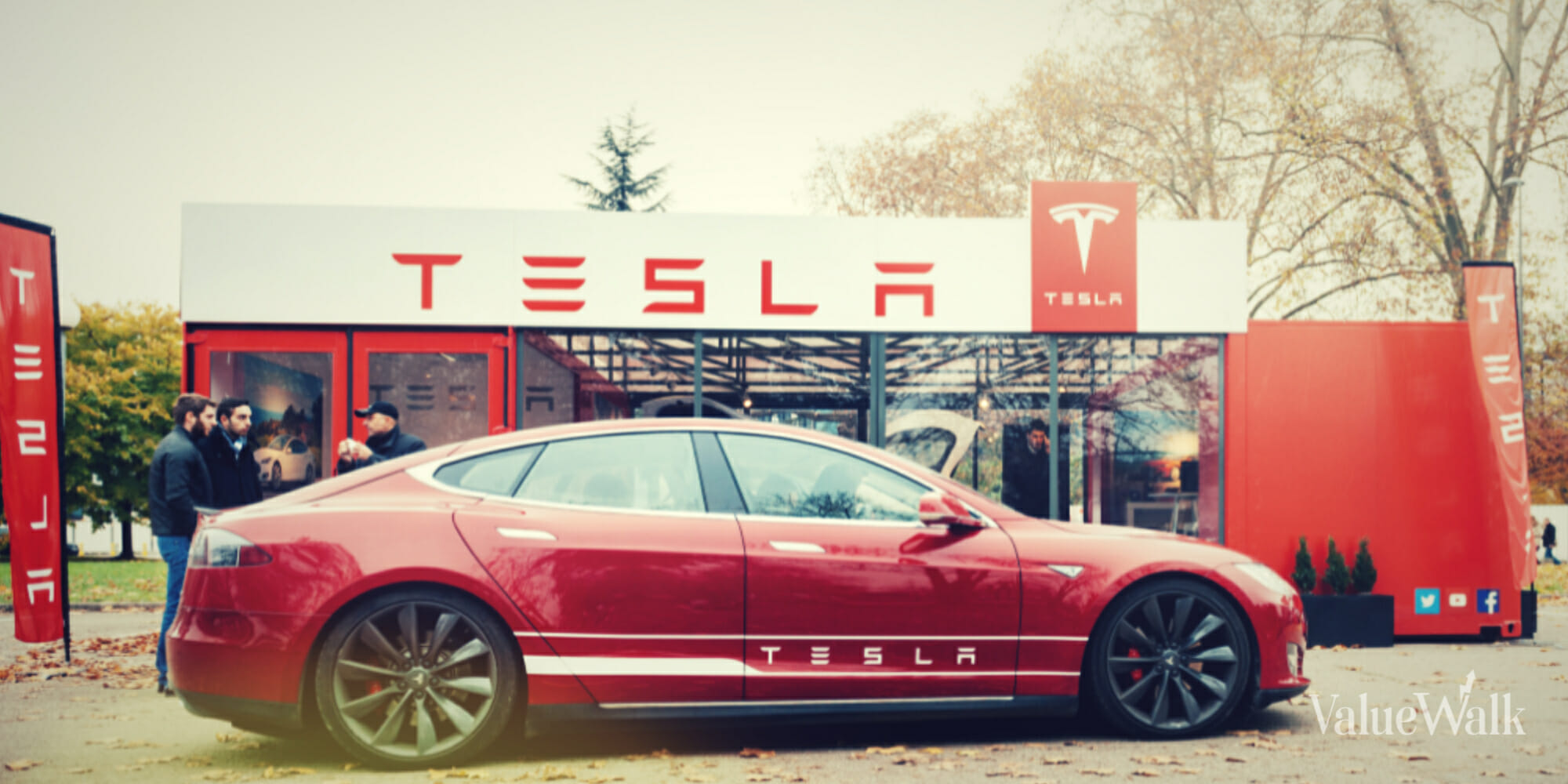Why Tesla stock crashed after worse-than-expected earnings

tesla (NASDAQ:TSLA)’s most recent quarterly results were expected to be poor given sales trends and other factors, but they turned out to be much worse than analysts had expected. But the company’s shares rose about 10% in pre-market trading Wednesday after the company reported first-quarter results after the market closed on Tuesday.
Let’s take a closer look at what caused Tesla’s stock price to rise after its disappointing quarterly report.
Tesla’s worst quarter in 10 years
Tesla’s revenue fell 9% year over year to $21.3 billion, perhaps its worst quarter in more than a decade. It was the largest quarterly decline in sales since 2012, according to multiple sources. Moreover, Tesla’s sales did not meet analysts’ consensus forecast of $22.2 billion.
The automaker’s net income fell 55% to $1.1 billion, or 34 cents per share, and adjusted net income fell 48% to $1.5 billion, or 45 cents per share. Tesla’s adjusted earnings per share were well below consensus estimates of 51 cents per share.
Tesla previously reported a decline in deliveries for the quarter, the first year-over-year decline since 2020.
“Global EV sales continue to be under pressure as many automakers prioritize hybrids over EVs. We are positive on the regulatory credit business, but prefer that the industry continue to drive EV adoption consistent with our mission,” Tesla executives said in the earnings call.
The company reported vehicle deliveries for the quarter fell 9% to 386,810 units, while production fell 2% to 433,371 units. The decline in deliveries was due in part to Model 3 updates at the Fremont plant and production disruption at the Giga Berlin facility due to a fire. A decline in the average selling price (ASP) of Tesla vehicles also impacted sales.
As a result of these factors, the automaker’s profits were hit by rising operating costs, which rose 37% to $2.5 billion in the quarter. The surge in operating costs was driven in part by investments in artificial intelligence, cell power generation and other R&D projects, as well as costs associated with Cybertruck expansion.
What drove Tesla stock price higher?
If Tesla’s performance over the past three months hasn’t been bad enough, the outlook for the rest of 2024 isn’t much better either. Management said on the earnings call that the company’s vehicle production growth rate “may be significantly lower than the growth rate achieved in 2023.” They called it a lull between waves of growth as the company prepares to launch its next-generation vehicle.
Until that point, Tesla executives have said they are accelerating the launch of new, more affordable models. The original plan was to begin production in the second half of 2025, but the automaker is now targeting late 2024 or early 2025, CEO Elon Musk said during the first quarter earnings call.
“These new vehicles, including more affordable models, will leverage aspects of both our next-generation platform and aspects of our current platform and will likely be produced on the same manufacturing lines as our current vehicle lineup,” Tesla executives said. decided.
The company also plans to improve efficiency and cut costs, including laying off 10% of its workforce, or about 14,000 employees, according to multiple reports last week.
Tesla Chief Financial Officer Vaibhav Taneja confirmed these plans during the company’s first quarter earnings call, citing “the difficult but necessary decision to reduce headcount by more than 10%.” The savings generated are expected to well exceed $1 billion at an annual run rate.”
Tesla’s stock price has fallen about 35% so far this year, and with 33 times earnings, the stock price has become cheap for the first time in a long time. A low valuation, accelerated plans for new, cheaper models, and efficiency improvements have led some investors to jump back into Tesla stock.
All sounds good, but investors should be patient and see how the automaker executes these plans.



